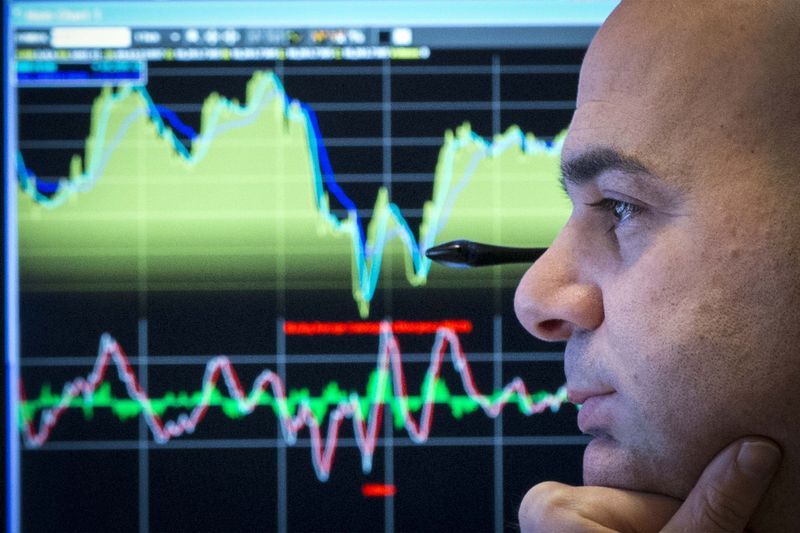Bitcoin price today: climbs to $111k amid easing trade jitters, cooling inflation
Investing.com -- S&P Global Ratings revised its outlook on {{8126|Eastman Chemical Co.}} to negative from stable on Thursday, citing industry headwinds while affirming its ’BBB’ rating.
The rating agency noted that tariffs and trade issues are likely to further weaken product demand and disrupt Eastman’s 2025 results. During its second-quarter earnings call, the company indicated that this year’s tariff implementation by the U.S. and retaliatory measures have created a chaotic operating environment, worsening already tepid demand over the past two years.
Eastman is reallocating inventories and materials globally, with sales in cyclical end markets such as consumer durables, automotive, and construction being front-loaded to avoid tariff impact. The company has guided to mid-single-digit percent declines in the second half of 2025.
S&P expects Eastman’s funds from operations (FFO) to debt ratio could drop to 21% this year, the low end of the range expected at the current rating. The company faces several profitability headwinds in 2025, including a $75 million-$100 million asset utilization impact in the second half to reduce inventories, $20 million from an unplanned outage in the Chemical Intermediates segment in the second quarter, and $10 million-$15 million in energy costs in Fibers.
Chinese capacity continues to affect Eastman’s commodity chemicals business, with management noting pressure on export markets from Chinese output. Some chemical intermediate products are reportedly being exported at or below cash cost to operate.
The negative outlook reflects a one-in-three chance that Eastman’s credit measures could drop below appropriate levels for the rating in the next two years. S&P expects Eastman’s cash from operations will likely decrease by $200 million from prior guidance to about $1 billion this year, compared to $1.1 billion in 2023 and $1.3 billion in 2024.
Despite these challenges, Eastman’s end-market diversity and innovation strategy provide partial mitigation. The company maintains exposure to more stable markets such as electronics, health care, and water treatment, which should partially offset cyclical weaknesses.
This article was generated with the support of AI and reviewed by an editor. For more information see our T&C.
